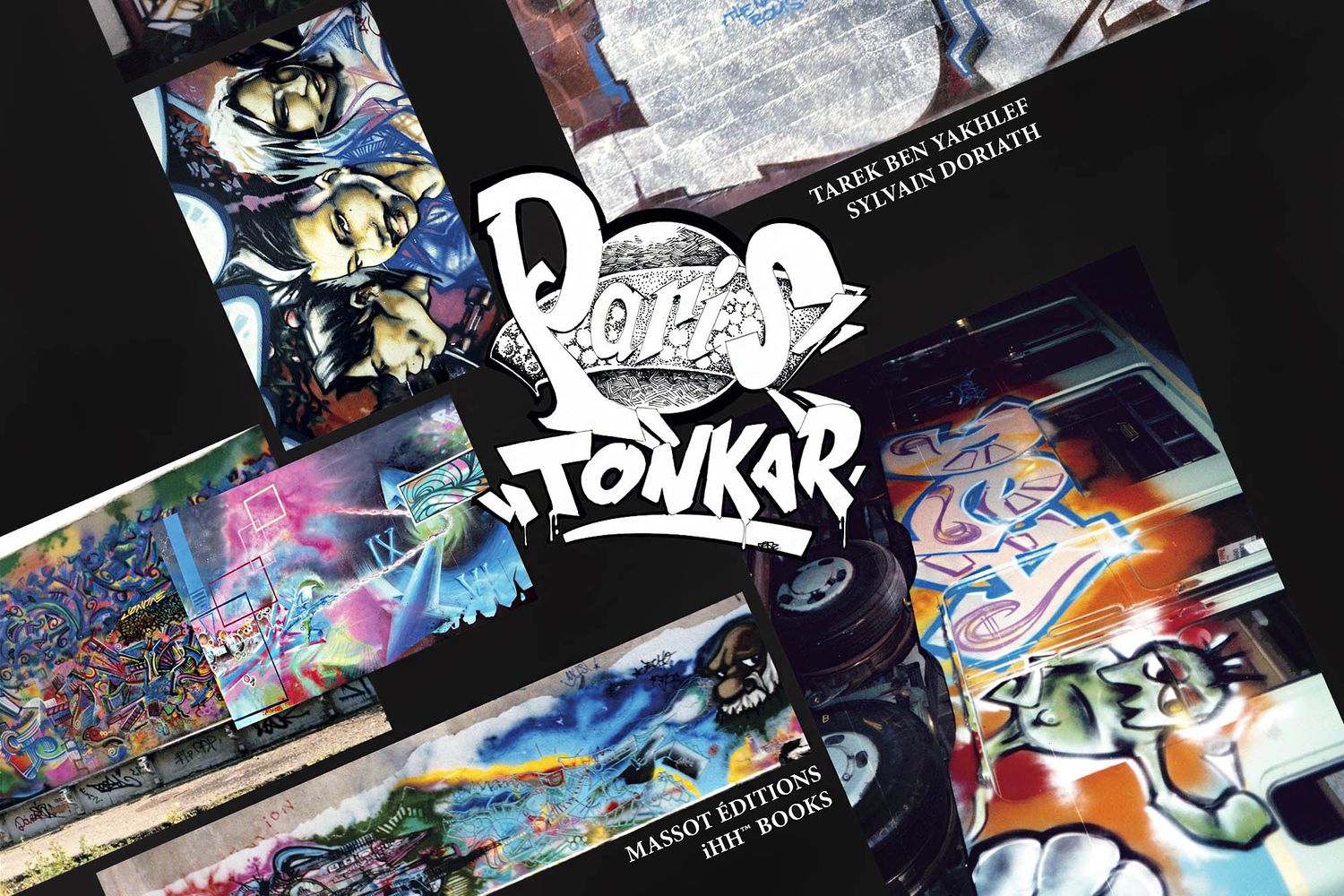
Paris Tonkar, the reissue of the cult book on Parisian graffiti
Violaine Pondard • Posted on June 17, 2024
In 1991, Paris Tonkar was published by Éditions Massot: the first French and European book about the Graffiti movement. A cult book that has influenced generations of graffiti artists in France. The authors, Tarek Ben Yakhlef and Sylvain Doriath, observers and actors of the emerging graffiti movement, have created a unique photograph, positioning this emerging art form as a benchmark for up-and-coming urban artists. After the book was published, Tarek Ben Yakhlef left the world of graffiti for two decades. He made a name for himself in comics before returning to painting in the early 2010s, now exhibiting in numerous galleries around the world. In September 2024, he brings out the reissue of Paris Tonkar, more than 30 years after the first publication. Interview.
How did Paris Tonkar come about?
I always wanted to write books. Ever since I was a child, it has always been my ambition and my vocation. When I was very young, I also received a little Kodak camera for my birthday. I was used to take photos of anything I found weird or strange. In the mid-1980s, when I started tagging with friends, I took photos of what we were doing together, around my house. And when I came across Subway Art, by Martha Cooper and Henry Chalfant (1984) and Spraycan Art, by Henry Chalfant and James Prigoff (1987), two reference books on New York and the world of graffiti, I said to myself that nothing of the kind existed in France. Graffiti then became a pretext to write my first book. In 1986, the idea had started to germinate, and in 1987 I really got into it. From that point, the book project became an obsession. I bought myself a new camera. I went all over Paris, the southern suburbs and Seine-Saint-Denis to take photos of what I saw. On the B line of the RER, in Champigny-sur-Marne and all the vacant lots I came across... wherever there was a photographic interest!
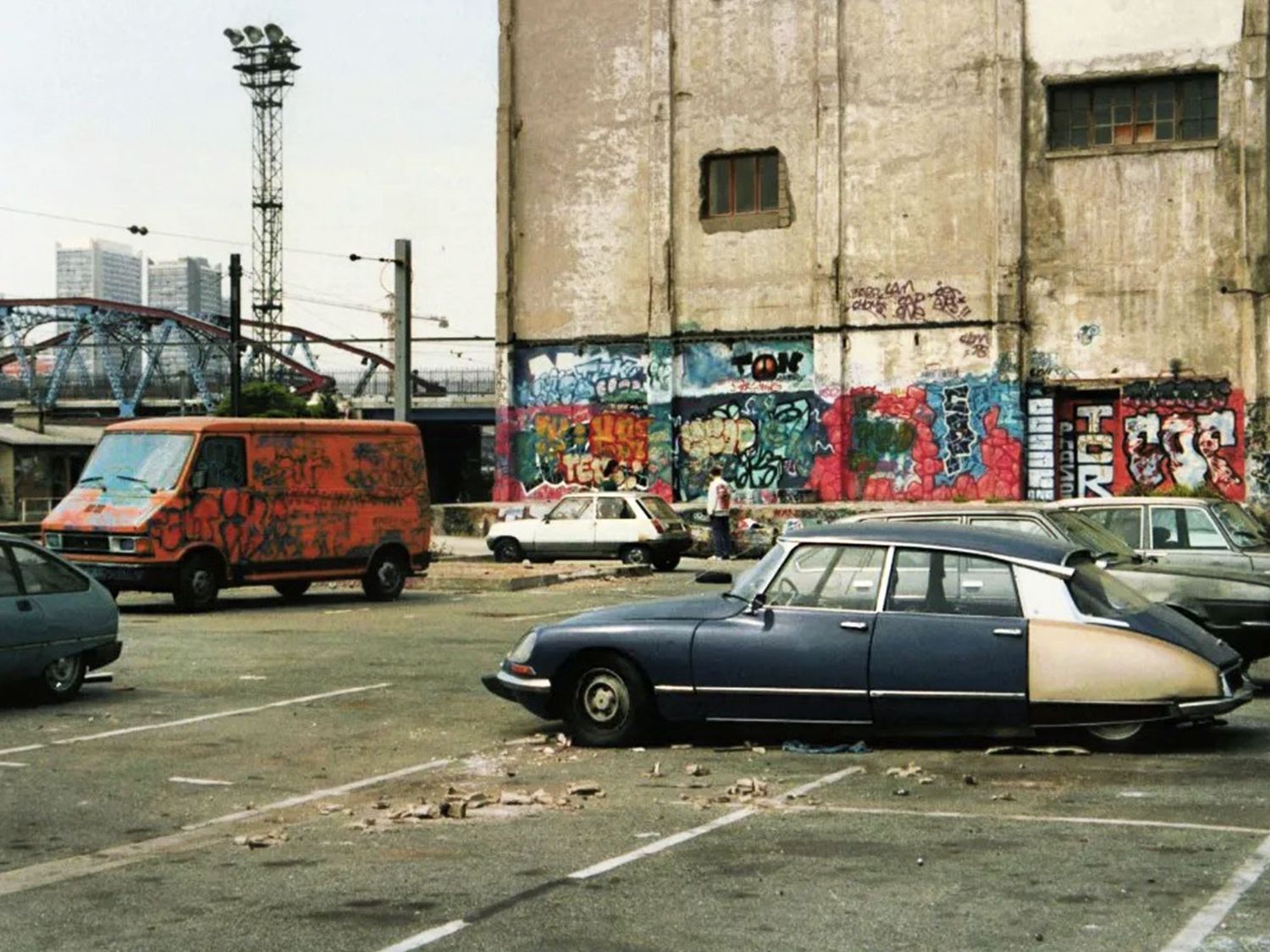
How did you find a publisher?
I contacted many publishing houses without success because most of them wanted to take over the project, but without me, and pass it on to someone else. But the girlfriend of a graffiti artist put me in touch with her father, who was the editor of Marval. He really advised me and put me on the path of Florent Massot, a young independent publisher willing to take the risk of publishing such a book like this. After signing my publishing contract, we worked together on the construction of the book for five months, with a pre-selection of photos, then another two months to create the layout, on the rue des Cinq-Diamants in Paris, where we had been lent a room. Some of the photos were taken before 1987. Others concern walls dating from 1984 and 1985, which were still visible! The Graffiti made on the metro were more ephemeral, as they were quickly cleaned up. But in some wastelands, the walls remained untouched for years. I never stopped taking photos, because very early on, I had the idea of making a volume 2 but some of my photos were published in 1Tox magazine. The book Paris Tonkar was published in November 1991 with 2’500 copies and a year later, over 4’000 copies were reprinted.
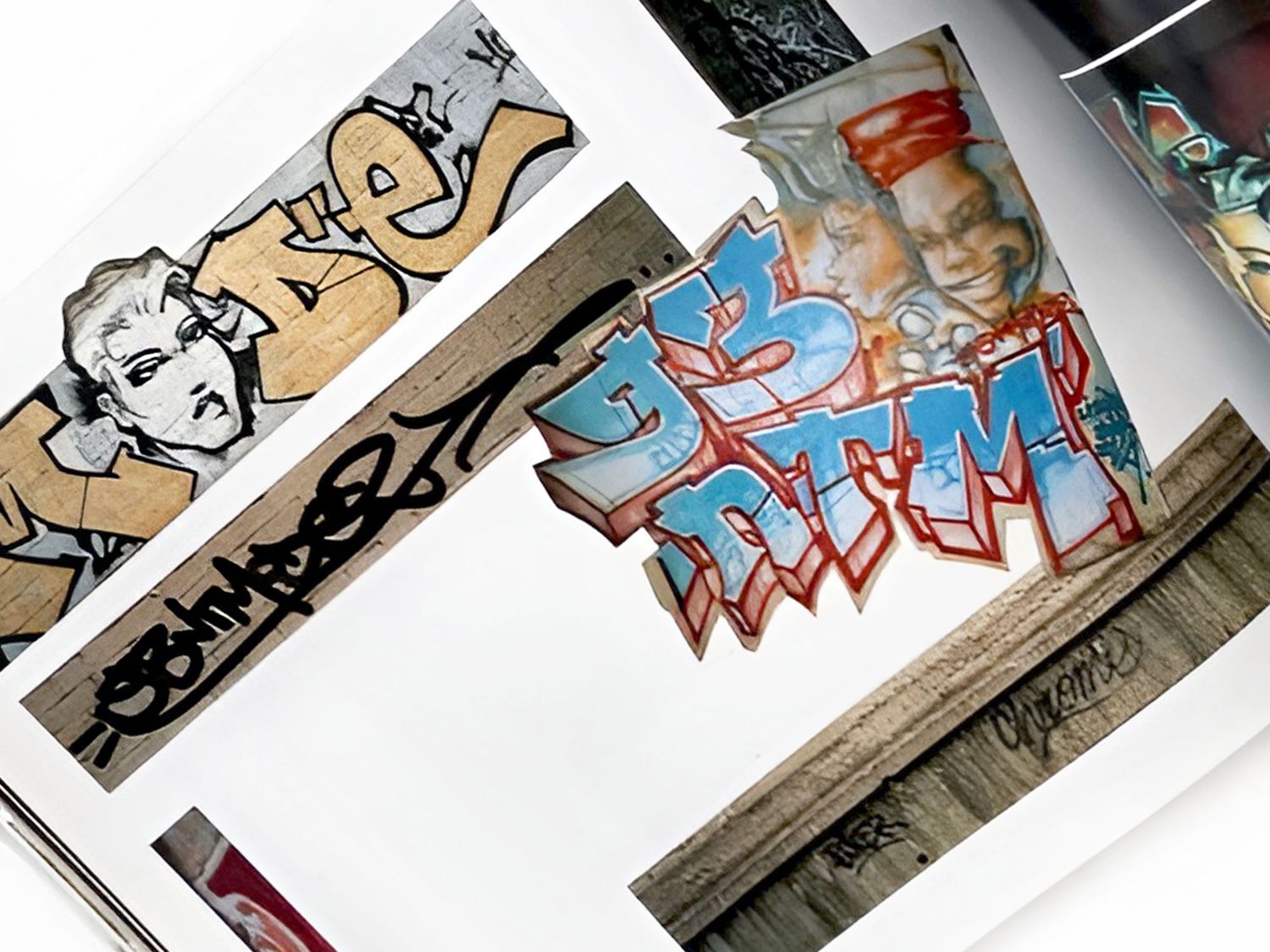
During this period, how did you see Graffiti? Did you think it was art?
At no time did we say ourselves that it was art. As an example, an article in the magazine L'Événement du Jeudi ran under the headline "Art or food for pigs?". Everyone associated it with degradation, delinquency and gangs, but never with art. I was doing graffiti, and I knew it wasn't art. But the murals, which were sometimes 10 meters long and 5 or 6 meters high, I found them artistic. It was so powerful!
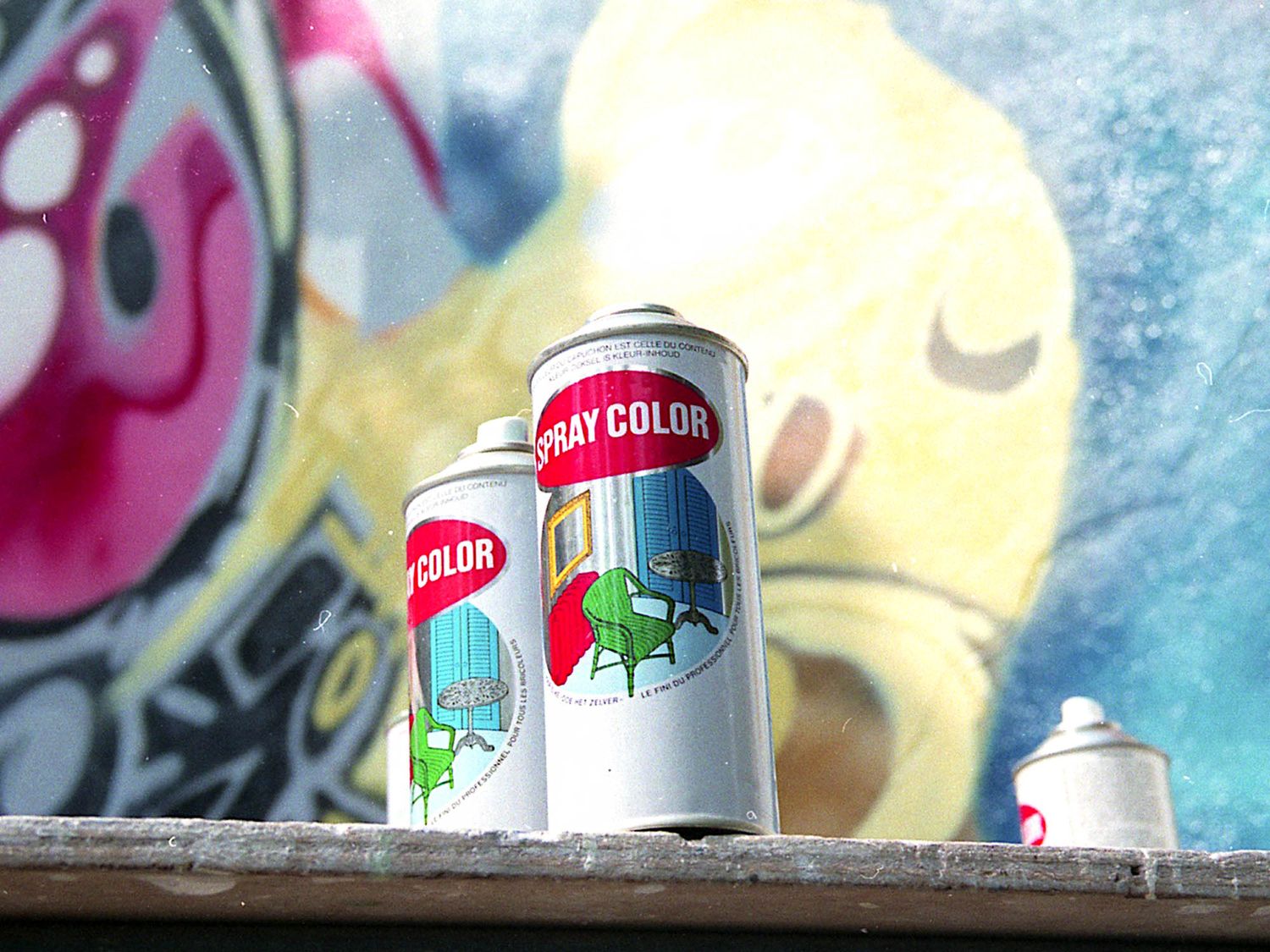
When the book was published, what impact did it have on the general public?
Precisely when the book came out, a part of the population started to understand that there was something more substantial behind Graffiti. A kind of art and aesthetic research. It wasn't just a bunch of kids tagging the metro. There were graffiti artists with an artistic approach and who were inspired by references from New York graffiti and muralists. At that point, I could see the beginning of a change. The book received good press, with articles in Libération, Le Figaro, reports on Claude Sérillon's 8 p.m and Antenne 2's midnight news. The press spoke of our book as an art book and not like a sociology book about idle young people from the suburbs. It was exactly at that time that awareness was raised. After the pages on tags and blocks, the book gives pride of place to large walls. For example, during a trial for damage, a lawyer even used my book to explain that his client was an artist and not a delinquent! The book became a historical marker for this movement. Some people realized this very early on. I didn't, because my mind was already elsewhere...

How do you see the evolution of graffiti over the past 35 years?
If someone had told me in the 1990s that by doing what I was doing I would end up in contemporary art galleries and that I would be quoted in art history books, I would have had some serious doubts! Surprisingly, the public followed the movement much more quickly than the institutions. This always happens in major artistic movements. There are the avant-gardists who take all the knocks, and then this creates vocations. Following that, the public and critics accept it, and the phenomenon takes hold. This is the case today: this art form has become part of our environment, both artistically and architecturally. Mural painting is being introduced into many projects to enhance some neighborhoods. Mural art already existed, but Urban Art has brought a new dynamic to the neo-muralism.

The time has come to rediscover these early years of the graffiti movement with hindsight and accuracy, so that everyone can immerse themselves in the history of this key moment in Urban Art, illegal and authentic, creative and vandal but still just as vibrant in 2024. (𝗧𝗮𝗿𝗲𝗸)
Out of print since 1998, the cult book Paris Tonkar is finally reissued. For Tarek, this reissue is an opportunity for graffiti art lovers to finally get their hands on this reference work. And while he continues to unearth his archives from this period, he is also thinking about a sequel to Paris Tonkar with the aim to approach the movement from another angle. This anniversary edition, the same as in 1991, features a foreword which explains how the book came about. The airy layout gives pride of place to the original photos and texts, retaining the tone of the 1990s. A pre-sale is available on Kiss Kiss Bank Bank until the end of June. Then the book will be sent to contributors at the end of August and a bookstore release is scheduled for September 2024.
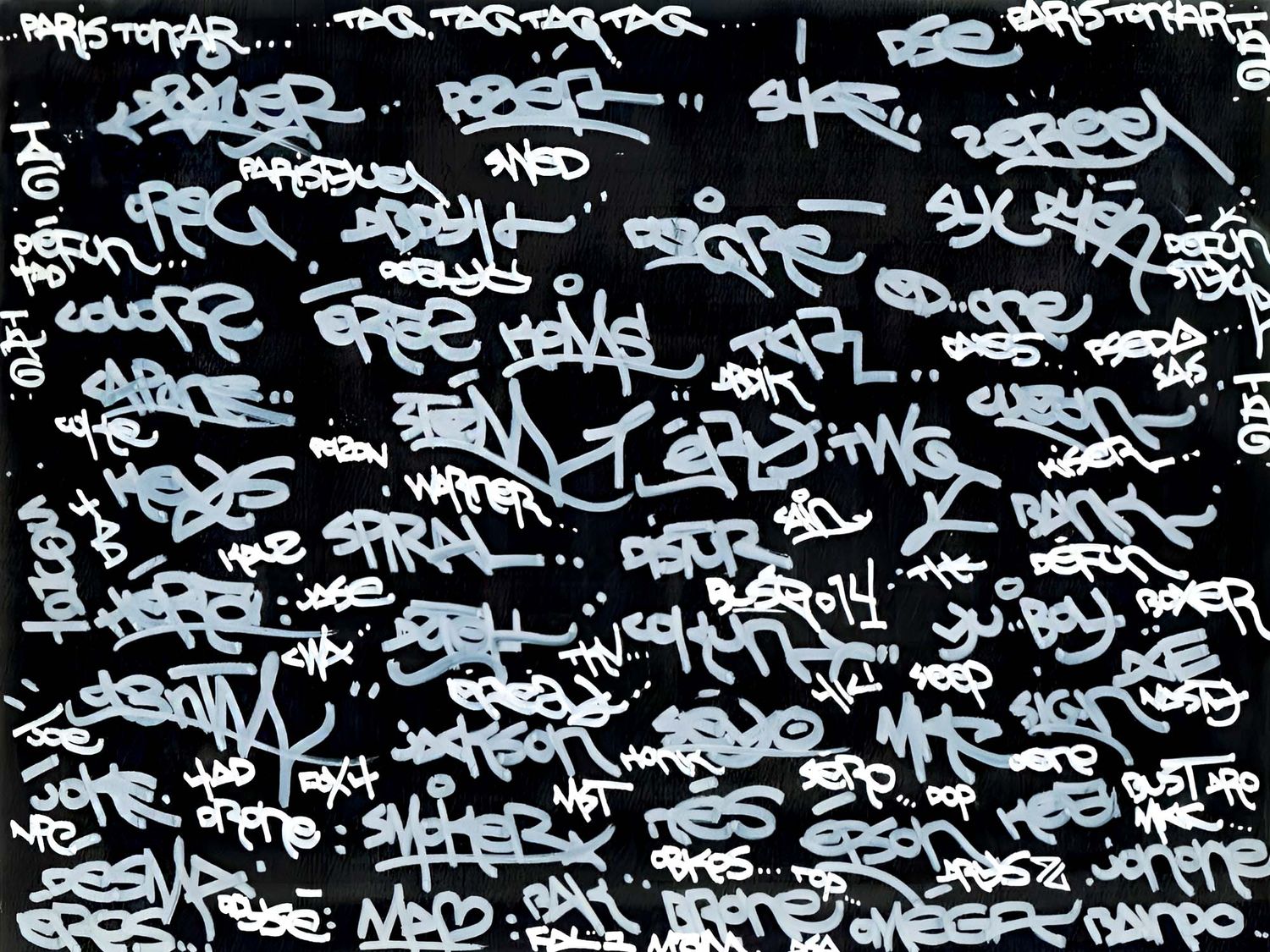
Discover the profile of Tarek and his available works